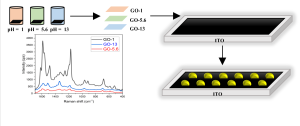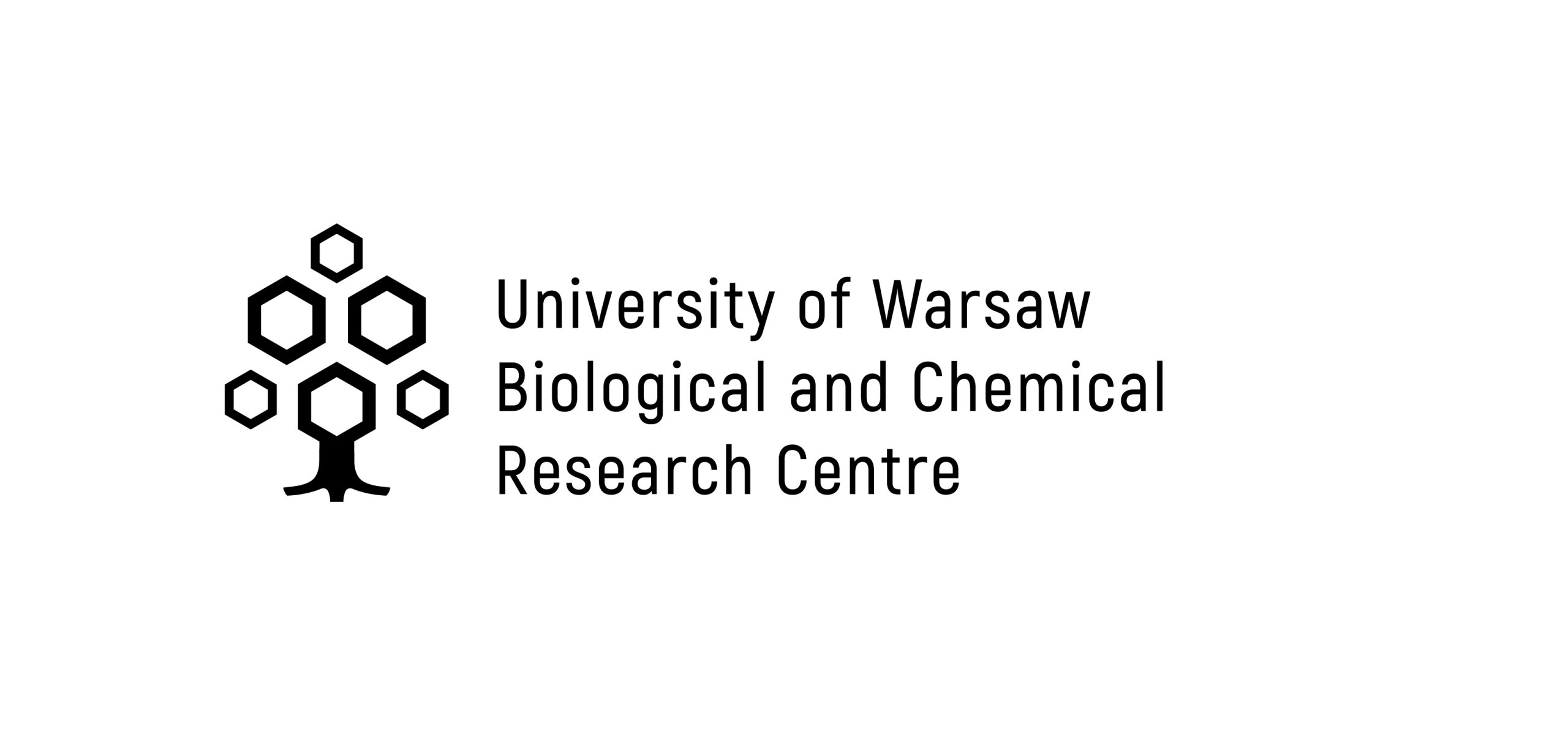Materials for Biosensors
Description of the Group
The research group designs and synthesize nanostructures with catalytic and/or light-absorbing properties in the visible and near-infrared range. These structures are used to design new electrochemical sensors or SERS-based sensors. She design new methods for determining biological compounds (e.g. folic acid, dyes) or active oxygen species (ROS). Examples of nanostructures include: nanospheres, nanourchins, gold nanobols combined with graphene oxide or reduced graphene oxide (completely or partially), nanoparticles surrounded by conducting polymers. These materials are used as substrates for surface-enhanced Raman spectroscopy or materials for electrochemical sensors. The research group try to design substrates in such a way as to optimize the adsorption of the tested compound on the substrate. We have developed a number of modifications of graphene oxide to optimize its catalytic properties. We also study the spectroelectrochemical properties of compounds (including conducting polymers) using the EC-SERS technique, in order to design innovative sensors and analyze redox processes at the molecular level.
An important research trend is physicochemical analysis for the needs of marine research, including microplastics in diverse environmental samples and the composition and morphology of sediments. The research includes the detection and identification of microplastics using spectroscopic methods and numerical description of the surface and assessment of the degree of aging. We also design ecotoxicological tests (for micro- and nanoplastics and 2D materials) together with the selection of dedicated test materials and the assessment of diagnostic parameters.
The group design nanocomposites with graphene materials, select recycling methods for “ghost networks”, conduct spectral diagnostics of composite materials (degree of graphitization, aging, cross-linking). The main research methods are infrared spectroscopy and microscopy, Raman spectroscopy and electrochemical methods.
Research interests
- New materials for Surface Enhanced Raman Spectroscopy (SERS);
- Analysis of thin films and coatings including analysis of surface interaction at the molecular level using infrared reflectance spectroscopy and/or Raman spectroscopy;
- Layers with catalytic and electrocatalytic properties;
- Spectral analysis of microplastics, quantitative description of aging of polymeric materials;
- Spectroelectrochemistry;;
- Ecotoxicology of microplastics and 2D materials;
- Carbon nanomaterials;
- Materials for photothermal and photodynamic therapy;
- Nanocomposites and spectral diagnostics of the resin cross-linking process;
- Physicochemical analysis in marine research;
- Emerging pollutants and persistent organic pollutants (POPs) in polar regions.
Research equipment:
| Contact Person / Room Number | Contact Person / Room Number | |
| 1 | Mikroskop Ramana (DXR, Thermo Scientific), linie 455, 532, 633, 780 nm | Kacper Jędrzejewski kk.jedrzejewski@uw.edu.pl , Krystian Pupel k.pupel@uw.edu.pl, pokój 4.108 |
| 2 | Spektrofotometr do podczerwieni (Nicolet IS 50 FTIR, Thermo Scientific) | Kacper Jędrzejewski kk.jedrzejewski@uw.edu.pl , Krystian Pupel k.pupel@uw.edu.pl, pokój 4.108 |
| 3 | Zestaw do pomiarów IR, NIR, FT-Raman (linia 1064 nm) | Barbara Pałys, bpalys@chem.uw.edu.pl, pokój 4.112 |
| 4 | Mikroskop do podczerwieni | Barbara Pałys, bpalys@chem.uw.edu.pl, pokój 4.112 |
Team leader:
Professor Barbara Pałys is the author of over 80 papers in international scientific journals cited a total of 2300 times (h factor 27 according to Scopus). She has supervised five PhDs and many MScs. She has experience in teaching, research and leading a research team. She received the Kemula Scientific Award from the Faculty of Chemistry and two faculty teaching awards. She completed internships at foreign centers: University of Twente in the Netherlands (PhD), University of Eindhoven in the Netherlands (postdoctoral internship) and University of Brussels (postdoctoral internship).
Internet profiles:
https://scholar.google.com/citations?hl=pl&tzom=-60&user=CX3t5J0AAAAJ
https://orcid.org/0000-0003-1113-2546
https://pl.wikipedia.org/wiki/Barbara_Pa%C5%82ys
Main achievement:

Our team has shown that simple chemical modifications of graphene oxide have a strong influence on its interaction with noble metal nanostructures, resulting in very large differences in SERS and electrocatalytic
